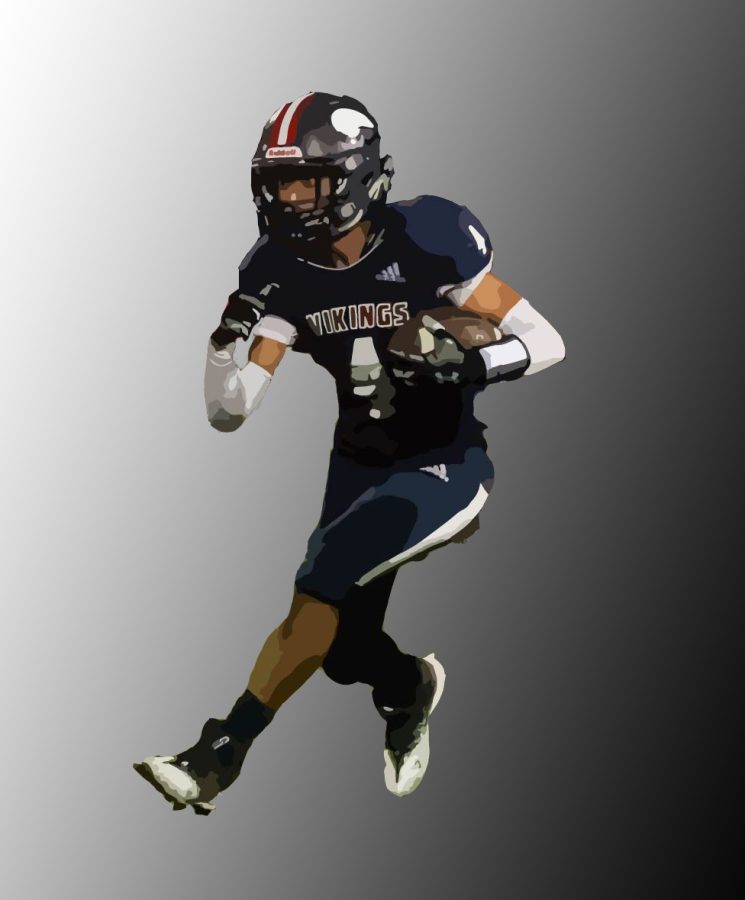Perils underneath the Friday night lights
October 10, 2022
Averaging two to three players sitting out per game, injury has stricken Lynbrook’s football team this year. Despite the team’s extensive efforts to stay at optimal performance by keeping players as healthy as possible, injuries have affected the team’s competitive performance, not only through the absence of key players but also through mental consequences for the rest of the players.
“It’s a scramble to figure out what the team is going to do in the event of a player’s absence because injuries are unexpected,” junior lineman Brandon Knepfler said.
This season, Knepfler and sophomore kicker Diego Perez both suffered injuries after being tackled — Knepfler fractured his tibia and Perez sprained his ankle — limiting their abilities to fulfill their roles on the field. Many other players have suffered similar injuries to various degrees.
While the team takes many precautions to avoid injury, such as active stretching to increase flexibility and proper recovery following practices and games, injuries are virtually unavoidable. The high-speed sport demands contact with enormous force, inevitably resulting in dangerous collisions. The sudden physical trauma from these collisions can lead to various injuries, ranging from minor ligament and muscle strains to broken bones and concussions. Arguably the most severe hazard of football, concussions or any type of damage to the brain can have serious and long-lasting consequences.
“Any time you’re dealing with brain trauma, you can never be too careful,” head coach Javier Guevara said.
The mental consequences of injuries have nearly equal if not greater impacts on the team than the physical consequences. In urgent cases, less-experienced players are often required to take over injured players’ positions.
“When one of our veteran players goes down, we tend to overthink, lose confidence and not play as well as we should be playing,” Perez said.
Another common mental consequence of injuries is the fear of getting injured. Athletes often play slower and compete at a pace that might put them in greater danger than if they weren’t afraid of injury. For example, a player might brace themself for an impact when they’re not supposed to, offsetting their timing and increasing risk of injury due to poor stability.
“You just have to be in the mindset,” Guevara said. “I tell these kids, ‘If you start playing like you’re going to get injured, you’re going to get injured. So take that out of your mind, and play the game as hard as you can.’”
Despite their struggles with injuries, the team is still continuing to push forward for a happy conclusion to their season. The team has had fewer injuries than expected relative to previous years, and Guevara remains optimistic about the rest of the season. While their numbers may be cut down, the viking spirit has certainly endured.




























































